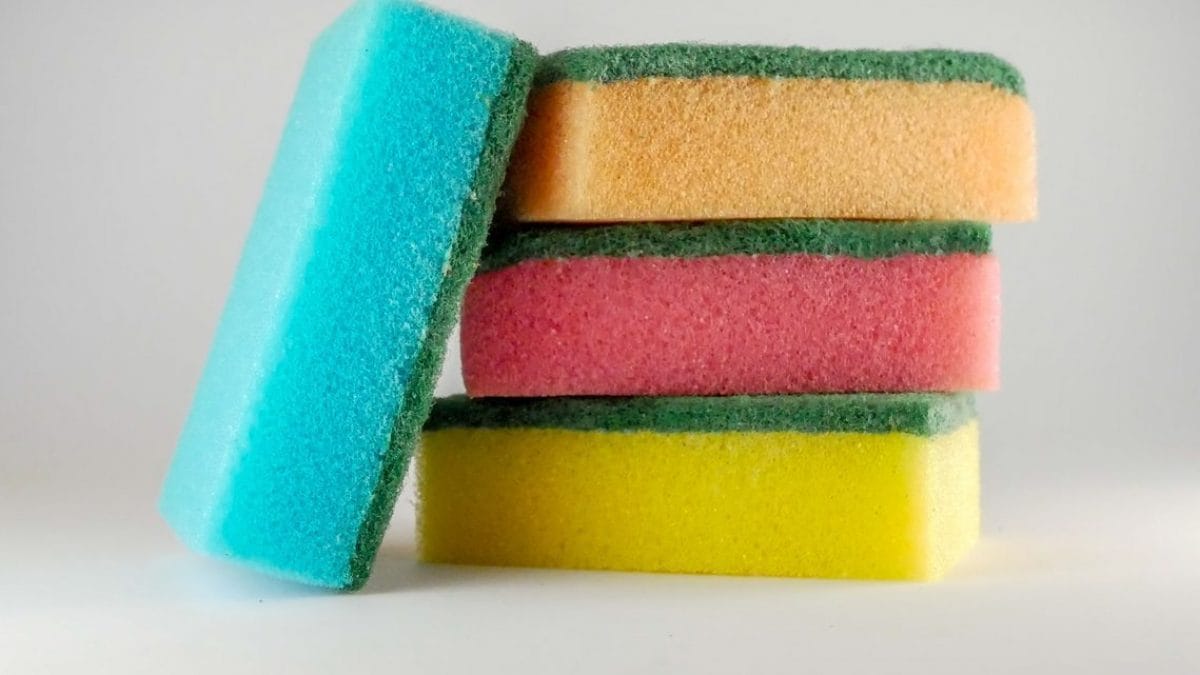
Colored sponges are now a common element in our kitchens. But have you ever wondered why each sponge has a specific color? Behind this color choice lies a coding system that helps us keep our home sanitized effectively.
What Does a Sponge's Color Mean?
The color of the sponges is not a random choice, but responds to a specific need: to avoid cross-contamination and ensure more efficient cleaning. Why is it important? First, because it should avoid the spread of bacteria: using different sponges for different surfaces, prevents bacteria from spreading from one area to another. For example, a sponge used to wash dishes dirty with raw meat should not be used to clean a work surface where ready-to-eat foods are prepared.
The second reason is to protect the surfaces: each surface has its own characteristics and requires a specific type of cleaning. Using a sponge that is too abrasive risks scratching the most delicate surfaces.
In addition to the color, the material of the sponge also affects its effectiveness: there are sponges made of microfiber, cellulose or natural materials, each with specific characteristics. The shape of the sponge can vary based on its use: for example, sponges with an abrasive part and a soft part are ideal for washing dishes.
What Are The Main Colors?
The color coding of sponges is a simple but effective tool to keep your home clean and sanitized: by choosing the right sponge for each surface, you will not only avoid damaging the materials, but will help create a healthier environment for you and your family.
- Red, orange and pink sponges: these are the most abrasive and suitable for removing the most stubborn dirt from pots and pans.
- Green sponges: They have medium abrasiveness and are ideal for washing dishes and utensils.
- Yellow sponges: These are less abrasive and suitable for cleaning more delicate surfaces such as sinks.
- Blue sponges: These are the least abrasive and are used to clean very delicate surfaces such as glass or stainless steel.
;Resize,width=767;)
